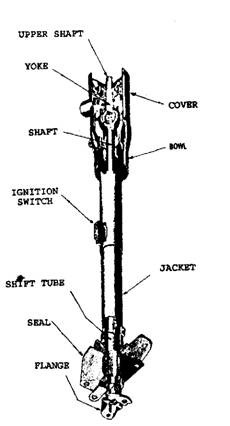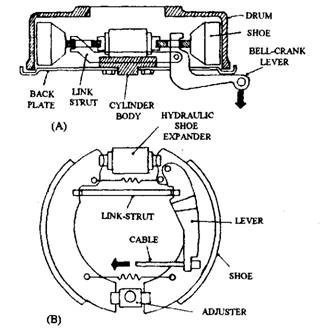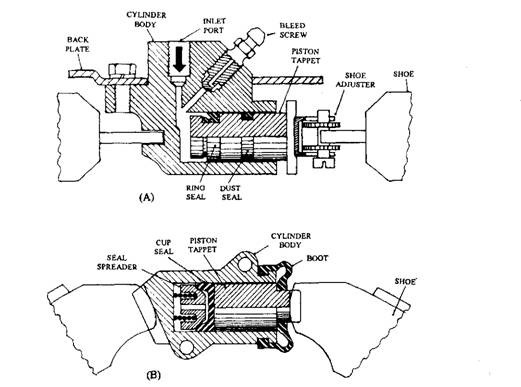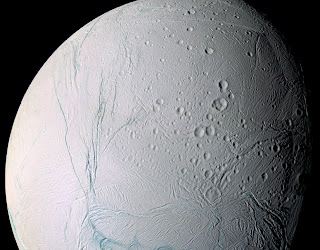Steering Components

Steering Components 27.7.1. Steering Column The steering column is primarily a supported shaft that connects the driver's steering wheel to the gear unit. The steering column in the modern automobile is a complex mechanism. It is designed to collapse in a collision to protect the driver. In some installations it may be tilted and telescoped to place it at a convenient angle for the driver. It also contains steering gear and transmission locks. A panic stop through braking slows the vehicle at the maximum deceleration rate of 6 m / s and the required time to stop the vehicle from 32 kmph is 1.5 seconds. This panic stop tends to lift the passengers and driver from their seats and carry them into front of the compartment, unless they are secured with seat and shoulder belts. In a head-on collision, two collisions actually occur. The first is the vehicle's collision with the object and the second is the occupants' collision with the instrument panel and windshield in the front


